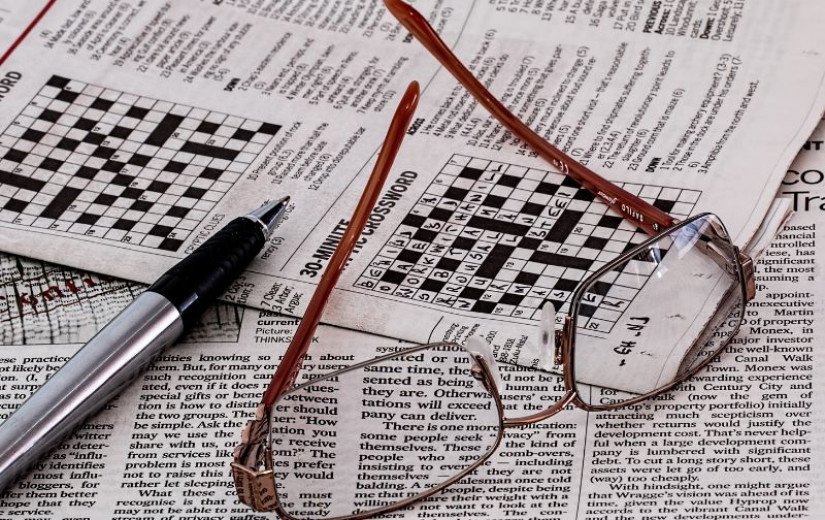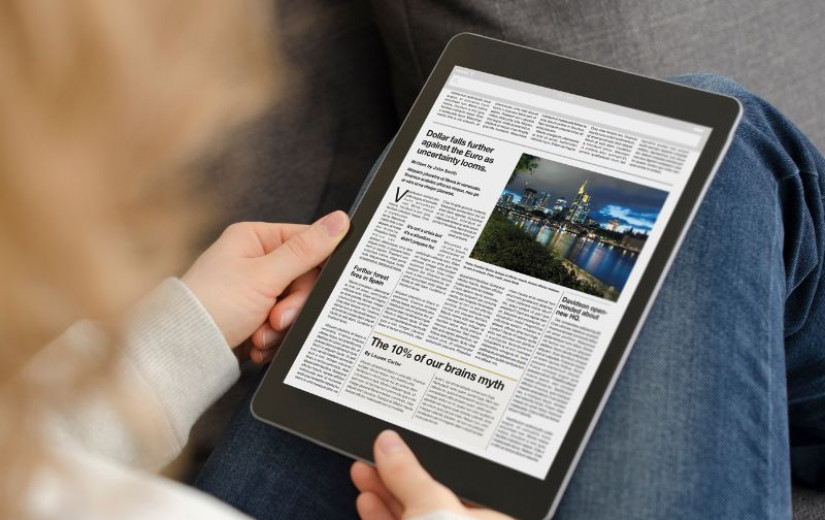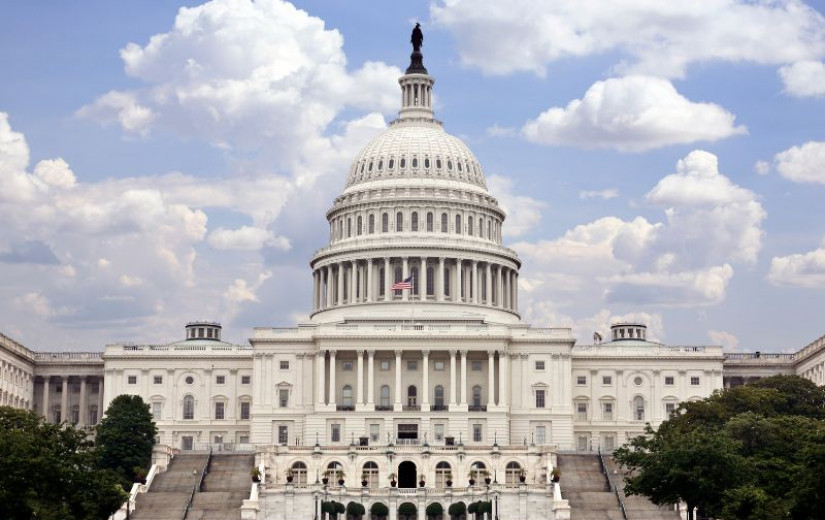
The Bill proposes to impose tax on remittances out of the country. This tax rule would impact India because US is the largest source of remittance into our country. About 28 per cent of inward remittance into India came from Indians in the US.
An excise tax of 3.5 per cent is applicable on remittances sent to other countries from the US. But the catch is, this will have a greater impact on non-permanent residents in the US such as H1-B visa holders and green card holders. The remittance tax will increase the cost of their remittances to India and may therefore result in a reduction in the flows.
What is the leeway from remittance tax for US citizens?
There is a work-around from the remittance tax for US citizens and nationals. “The excise tax levy on remittances by US citizens/nationals can be prevented either by remittances through a qualified remittance transfer provider which has entered into written agreement with US Treasury to verify the status of senders as US citizens/nationals,” says Amarpal Chadha, Tax Partner and Mobility Leader, EY India.
Alternatively, it can be claimed as credit against their income tax liability subject to compliance of certain conditions, he added.
He says Indian diaspora in US may need to wait and watch, and “potentially re-evaluate their remittance patterns, including the amount and frequency of remittances from the US.” Why rein in the frequency? Because, if there are changes to the rule in the interim, for example, a ceiling on the number of transactions that can be executed without tax liability, then fewer transactions would help the remitters.
The US accounts for about 28 per cent - or $33 billion - of all remittances to India in FY24.
What is the impact of the Bill on Medicaid programmes?
Medicaid is intended to provide healthcare coverage for low-income citizens. The bill aims to “reduce fraud, improve enrollment processes”, “prevent wasteful spending,” and “stop abusive financing practices”.
It requires beneficiaries to prove that they have worked at least 80 hours a month.
Sections of the global media had indicated cuts in Medicaid funding. In an interview to CNN, House Speaker Mike Johnson clarified that the administration wasn’t ‘cutting’ Medicaid. He pointed out that “there are 1.4 million illegals on Medicaid, and 4.8 million able-bodied individuals [on the scheme] who choose not to work. That is called fraud, and that is what we are eliminating.”
The Congressional Budget Office (CBO) – which comes under the legislative arm of the US government – had earlier indicated that the recommendations would reduce the federal deficit by at least $912 billion over the 2025-2034 period. The flip side is that a large number of current beneficiaries may end up becoming ineligible for coverage.
Research and policy institute Center on Budget and Policy Priorities (CBPP) said: “Roughly 15 million people by 2034 would lose health coverage and become uninsured because of the Medicaid cuts,” and other allied changes.
What will be the impact on ‘Salt’ taxes
Earlier, taxpayers could deduct State and local taxes (Salt), such as State income or sales tax plus State and local property taxes, against central taxable income up to a limit of $10,000. The new proposals pitch for a higher ceiling on these deductions.
On its website, policy and research non-profit Tax Foundation said the proposal to raise “the cap to $40,000 for all filers, with a $500,000 income threshold and a gradual increase in the cap over ten years... would cost about $320 billion.”
The foundation also warned that: “The bill is already suffering from a math problem, as the tax cuts add up to over $4 trillion, and spending cuts have been pared back. This is a recipe for worsening deficits at a time when Congress needs to be more concerned about the country’s fiscal outlook.
Incidentally, the bill also proposes to raise the debt limit to $4 trillion that would help the US government to fund central programmes.
What is the change in tax on tips and overtime
One of Trump’s campaign promises was to do away with taxes on tips and overtime pay. These have made it to the bill. Also, citizens buying cars made in the US can also claim deduction of interest on car loans from their taxable income.
Would the food programme be affected?
About 40 million low-income US citizens are said to be beneficiaries of the Supplemental Nutrition Assistance Program (SNAP). Ever since SNAP was instituted, the central government has been taking up the full cost of the programme while the States have contributed to about half the cost of administering it.
Now, the government intends to cut at least $230 billion through 2034, and to make States part-pay for the scheme itself. This means that States, with relatively less access to resources, could cut the quantum of funds they would need to bring to the table or tighten eligibility criteria, both of which would impact beneficiaries.
What is the large-scale impact of changes to Medicaid and SNAP?
The CBO estimates that that household resources would decrease by an amount equal to about 2 per cent of income in the lowest tenth of the income distribution in 2027 and 4 per cent in 2033, mainly as a result of losses in transfers, such as for Medicaid and SNAP.
By contrast, resources would increase by an amount equal to 4 per cent for households in the highest one-tenth in 2027 and by 2 per cent in 2033, mainly because of reductions in the taxes they owe.
Who benefits from tax cuts?
Most taxpayers would benefit, but the benefits are not equitably spread. The US-based non-profit Tax Policy Center (TPC) estimates that the bill would cut taxes on average by about $2,900 per taxpayer in 2026.
More than 8 in 10 households would get a tax cut in 2026. But 60 per cent of the tax cuts would go to the top 20 per cent of households and more than one-third would go to those making $460,000 or more, the TPC found.
What next for the bill?
The bill goes next to the Senate, which too is controlled by the Republicans. But it may not be smooth sailing there. As in the House, where two Republicans voted against the bill, it would take only 4 Senators in the grand old party voting to strike down the bill for the tables to be turned. Once the bill clears the Senate, it goes to the President who would then sign it into law.
Published on May 27, 2025









